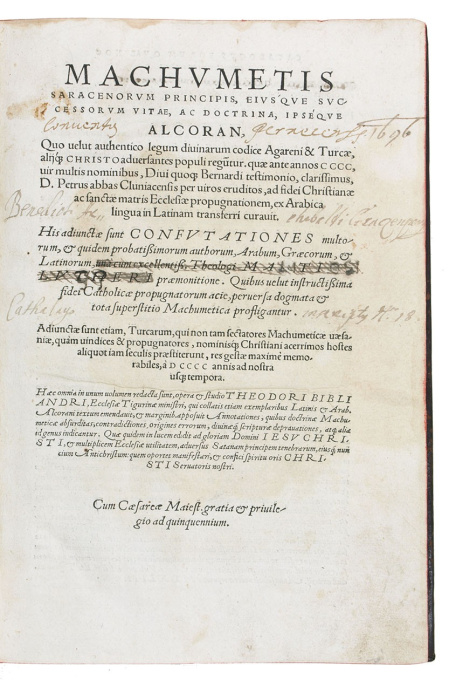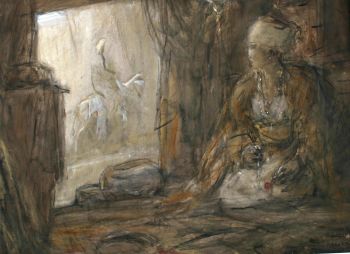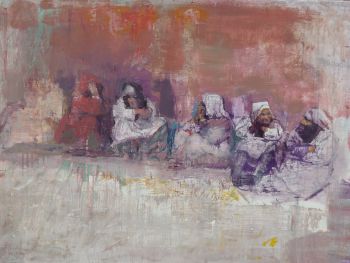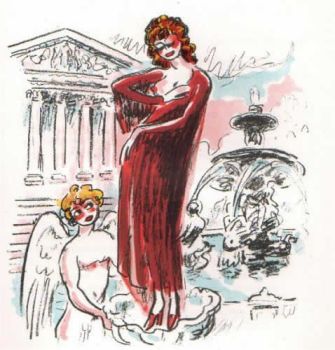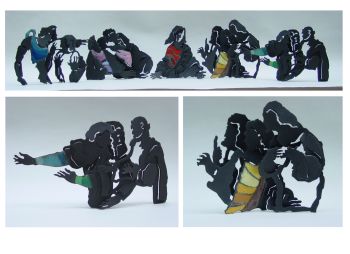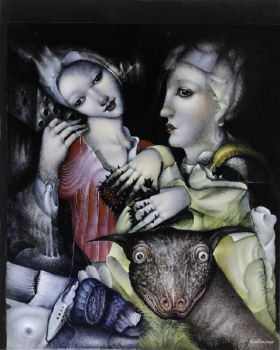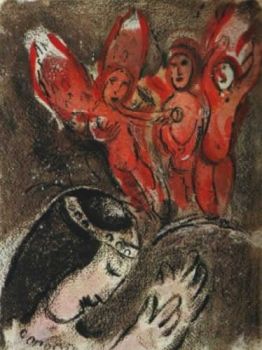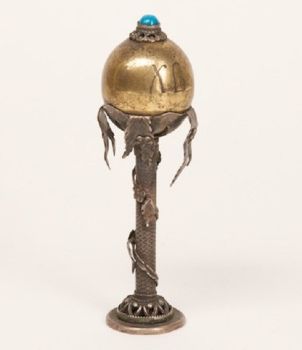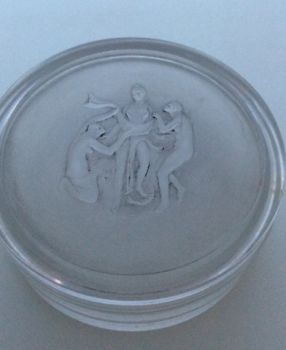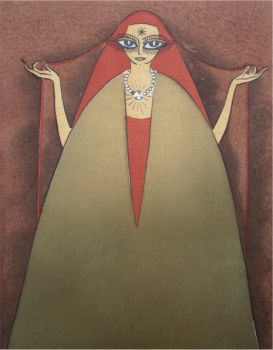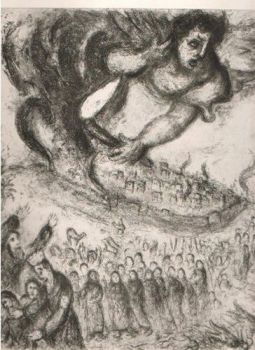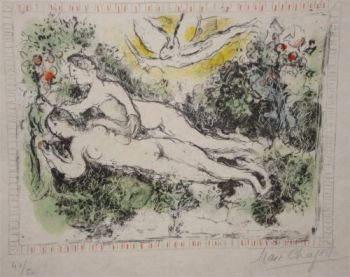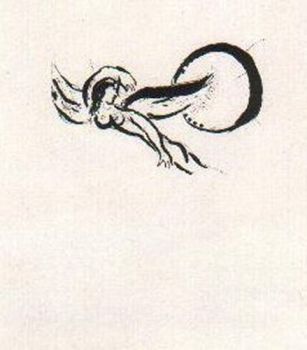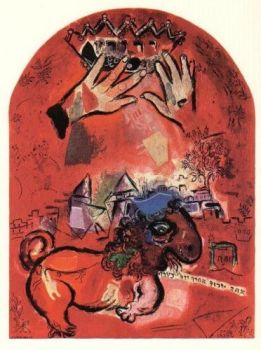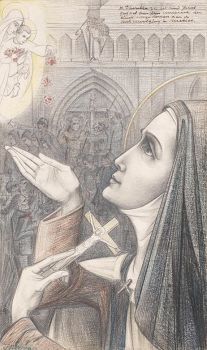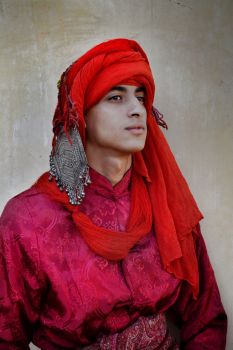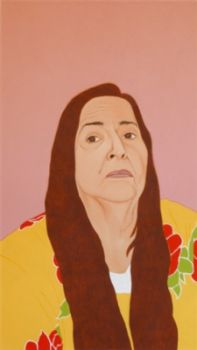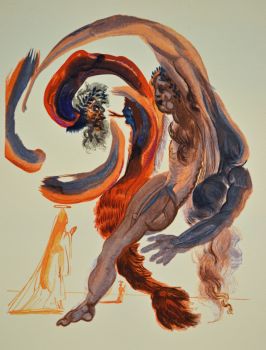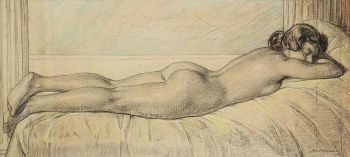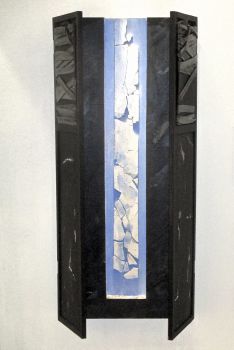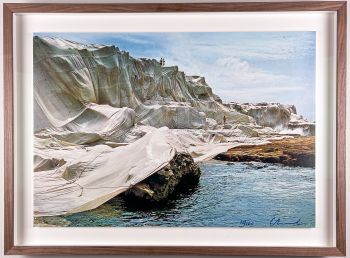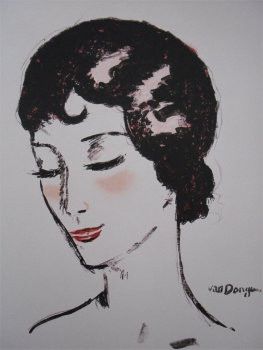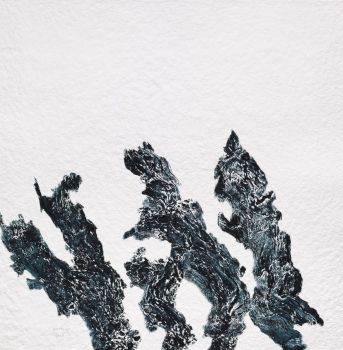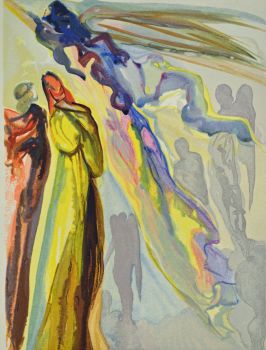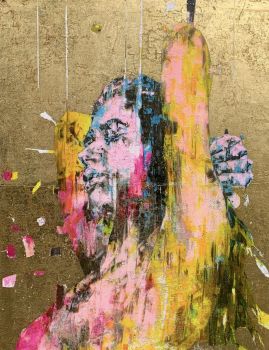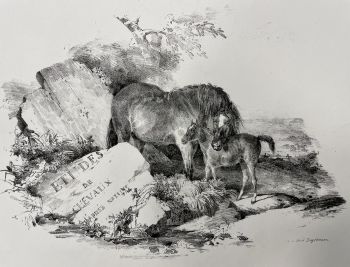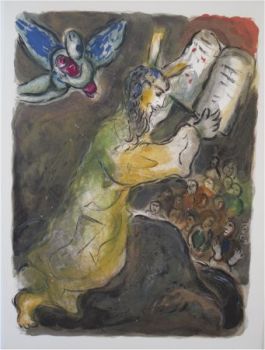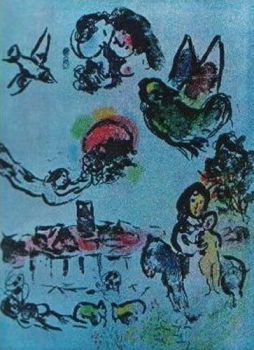The first Quran available to Western scholars 1543
Theodor Bibliander
PapierImprimer
Actuellement indisponible via Gallerease
- Sur l'oeuvre d'art(1) Machumetis Saracenorum principis, eiusque successorum vitae, ac doctrina, ipseque Alcoran, …
[Basel, Johann Oporinus, Nikolaus Brylinger, 1543]. Lacking 1 preliminary leaf in part 1 and 2 preliminary leaves in part 3 (removed by anti-Lutheran censors).
Bound with: (2) PHILO OF ALEXANDRIA. Philonis Judaei Alexandrini, libri [1] Antiquitatum. [2] Quaestionum et solutionnum in genesin. [3] De essaeis. [4] De nominibus Hebraicis. [5] De Mundo.
Basel, Adam Petri, 1527. 2 works (1 in 3 parts) in 2 volumes. 20 (28×20 cm). Uniform, tanned sheepskin (ca. 1795), gold-tooled spines
First Latin edition of the Quran and the second edition in any language (after Paganino's Arabic edition, Venice, 1537/38, which survives in only 1 copy), complete with the extensive commentaries and historical additions in parts 2 and 3. The text is based primarily on an Arabic manuscript acquired by Pierre de Cluny and Bernard de Clairvaux in Toledo in the 12th century. De Cluny had it translated into Latin by the Englishman Robert of Ketton, also in Toledo, who completed his translation in 1143. Martin Luther acquired a copy of Ketton's 400-year-old translation and had Theodor Bibliander edit and publish it. It was a remarkable pioneering effort to make the text of the Quran available and readable among Western scholars. It long remained nearly the only source for any European who wished to study the Quran. Part 2 contains a compilation of earlier writings about Islam and the Quran, some printed in Greek and Latin parallel texts, including writings by Savonarola and Nicolaus Cusanus. The third part contains writings about the Ottomans, Islam, and Tamerlane's Mongol invasion.
The present copy has the first edition of five short works by Philo of Alexandria, a Jewish philosopher in classical Greece, bound after the text of the Quran in volume 1. It includes a work about Hebrew names, perhaps considered valuable to scholars studying the Quran.
With 3 early owners' inscriptions on the title-page. With a few worm holes in the gutter margin of the last few leaves of both volumes and occasional minor water stains or other minor blemishes. Otherwise in very good condition. The binding has some worm damage in the spine but is otherwise also very good. The first Latin edition of the Quran and the source for nearly all early Western Quranic studies.
Ad 1: VD 16, K2584; USTC 674633; cf. Göllner 1792-1793; ad 2: VD16, P2490; USTC 683921.
5 original glass lantern slides with the earliest photographs of Mecca and Medina - Sur l'artisteTheodore (ou Theodorus) Bibliander (allemand: Theodor Buchmann; 1509, Bischofszell - 26 septembre 1564, Zurich) était un orientaliste, éditeur et linguiste suisse. Né Theodor Buchmann (Bibliander est une traduction grecque de ce nom de famille) à Bischofszell, il a étudié le latin sous Oswald Myconius, et le grec et l'hébreu sous Jakob Ceporin, et a assisté à des conférences à Bâle entre 1525-157 données par Johannes Oecolampadius et Konrad Pelikan. Il s'est également familiarisé avec la langue arabe et d'autres langues de l'Est; il est devenu professeur de théologie. Il a publié une grammaire hébraïque en 1535 et des commentaires sur la Bible. Il a publié la première édition imprimée du Coran en latin (Bâle, 1543), basée sur la traduction médiévale de Robert de Ketton. L'édition comprenait Doctrina Machumet, une traduction du tract théologique arabe connu sous le nom de Livre des mille questions. Considéré comme le père de l'exégèse biblique en Suisse, Bibliander s'est engagé dans une controverse doctrinale avec Pietro Martire Vermigli (Peter Martyr) sur la prédestination; il fut démis de ses fonctions de professeur de théologie à l'académie Carolinum en 1560. Il mourut de la peste.
Artwork details
Catégorie
Sujet
Matériel & technique
Related artworks
Tilmanus Nicolaus Maastricht
Missale Romanum avec montures en argent hollandais1788 - 1792
Prix sur demandeJacob J. Roosjen SRI
Antonie Derkinderen
Memory book Exhibition of Dutch Painting1892
Prix sur demandeKunsthandel Pygmalion
Engelbert Kaempfer
LIVRE ENGELBERT KAEMPFER1651 - 1716
Prix sur demandeZebregs & Röell - Fine Art - Antiques
Yoko Ono
YOKO ONO: "ARISING" SIGNED BOOK PLUS SMALL ARTWORK 2010 - 2014
Prix sur demandeGallerease Selected
Hermann Nitsch
"UNDER MY SKIN" Signed book incl. small artwork and DVD in a matching box2010 - 2014
Prix sur demandeGallerease Selected
Antonie Derkinderen
Memory book Exhibition of Dutch Painting1892
Prix sur demandeKunsthandel Pygmalion
Engelbert Kaempfer
LIVRE ENGELBERT KAEMPFER1651 - 1716
Prix sur demandeZebregs & Röell - Fine Art - Antiques
1 - 4 / 22Elisabeth Treskow
Lapis lazuli afghan incrusté d'or sur un support en argent1950 - 1960
Prix sur demandeJacob J. Roosjen SRI
Artiste Inconnu
Oeuf de Pâques de présentation russe en argent1880 - 1899
Prix sur demandeH.W.C. Dullaert Art & Antiques Dealer
Artiste Inconnu
Icône monumentale en bois: Saint Nicolas de Mozaisk1600 - 1650
Prix sur demandeKunsthandel H.W.C. Dullaert Icons
1 - 4 / 24- 1 - 4 / 24

